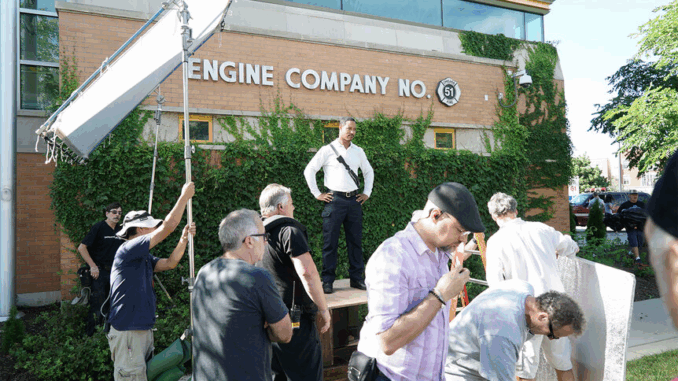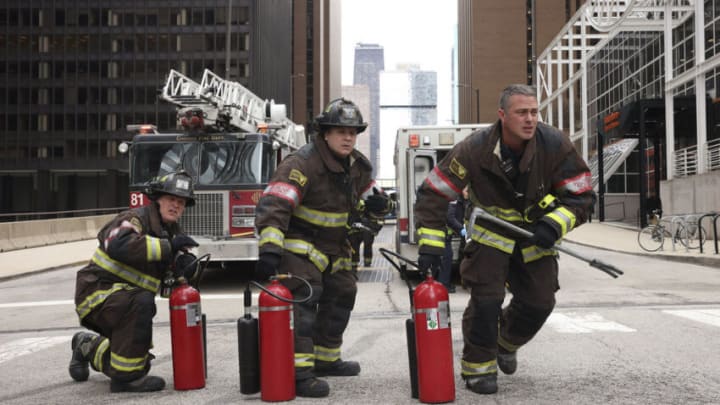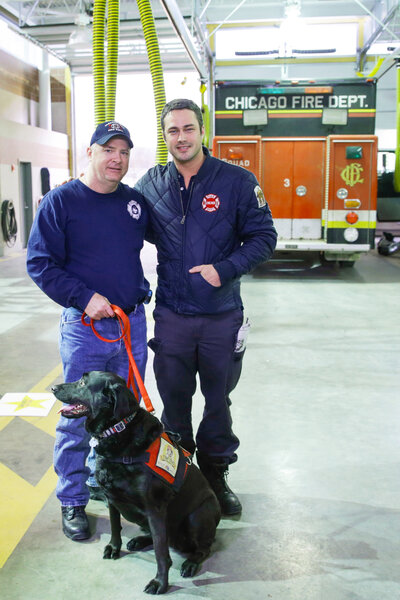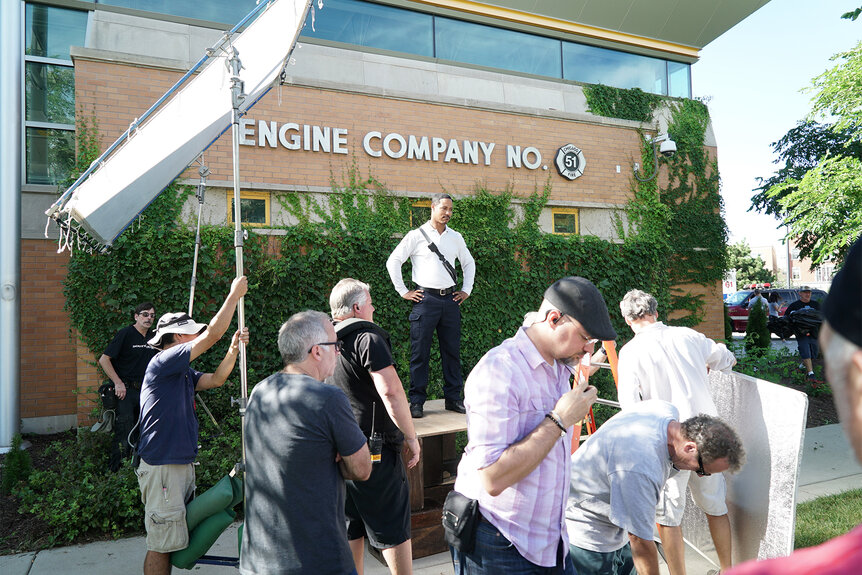
The Real Chicago Behind Chicago Fire
For over a decade, NBC’s Chicago Fire has delivered high-stakes rescues, heartfelt camaraderie, and fiery drama — all grounded in the authenticity of the Windy City. But where exactly is the show filmed, and how does the production team capture the true spirit of Chicago life?
Executive producer Demetra Diamantopoulos revealed in a conversation with NBC Insider that filming locations are chosen with precision, balancing story needs, budget, and logistics. Each setting reflects not only the city’s vibrant diversity but also the emotional tone of every episode.

The Heart of It All: Engine 18
The show’s fictional Firehouse 51 is actually based on the real Chicago Fire Department Engine 18, located in the city’s Near West Side.
The cast and crew film both interior and exterior scenes at the real station, making it one of the show’s most recognizable backdrops. Diamantopoulos described it as “our second home,” adding, “We find ourselves filming there at least three days a month. The members of that house treat us well, and we feel that they are part of the Chicago Fire family.”
In addition to on-location filming, Cinespace Chicago Film Studios serves as a second home for the production, where intricate fire sequences and controlled interiors are recreated with safety and precision.
Molly’s Bar: From Bucktown to the Studio
No Chicago Fire episode feels complete without a stop at Molly’s, the neighborhood bar where Firehouse 51 unwinds after a long day.
The bar’s real-life counterpart is Lottie’s Pub, located in Chicago’s Bucktown neighborhood. The location was originally used for filming both interior and exterior scenes. However, as the show’s popularity grew, the bar became a tourist attraction — making filming more difficult.
To maintain control and consistency, the team built a replica set of Molly’s at Cinespace Studios. Despite that, some iconic exterior shots, like Casey and Brett’s emotional send-off in Season 12, were still filmed at the real Lottie’s Pub.

Choosing the Right Neighborhoods
According to Diamantopoulos, every script determines the neighborhood backdrop. “We take the story and characters into account when we first receive a script,” she explained. “Are the people we’re rescuing affluent or poor or somewhere in between? What is the rescue — a fire, a person trapped?”
To reflect Chicago’s social and architectural diversity, the team films across various neighborhoods:
-
Pilsen and Bridgeport – Used to depict blue-collar and working-class environments.
-
Lincoln Park and The Gold Coast – Represent the city’s affluent families and luxury settings.
-
North Avenue Beach – A favorite filming spot for outdoor and summer scenes.
Each location serves as an organic extension of the characters’ stories, helping the city itself become a living, breathing character in the show.
Behind the Logistics
Filming in a busy metropolis like Chicago requires tight coordination. The production team must secure permits, manage street closures, and minimize travel between locations to stay within a standard 12-hour shooting day.
Diamantopoulos shared that the crew often clusters locations to shoot efficiently: “The less we travel, the more efficiently we can shoot. We’ve filmed at hundreds of spots across Chicago, yet even after 12 seasons, we keep finding new treasures.”
A Love Letter to Chicago
From its gritty streets to its glittering skyline, Chicago Fire captures the city in all its complexity. The show’s creators have always treated the location not just as a setting but as an integral part of its storytelling — grounding each act of heroism in the heart of a real community.
Whether at Engine 18, Lottie’s Pub, or a snow-covered Bridgeport block, every shot reminds viewers that Chicago Fire isn’t just filmed in Chicago — it’s made of Chicago.

